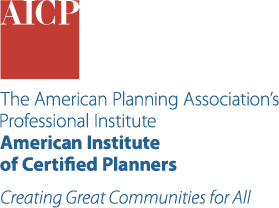Reshoring Manufacturing Jobs

About This Trend
The U.S. is experiencing a boom in manufacturing fueled by a strong dollar, a desire by many companies to simplify logistics and onshore their production, the availability of skilled workers and raw materials, and, crucially, a series of enticing legislative actions from the federal government. This is especially notable in high-growth fields such as electric vehicle production, wind and solar energy, and semiconductor production. The manufacturing sector has added nearly 700,000 jobs between 2021 and 2025, reaching employment levels not seen since 2008. But workforce challenges persist; in April 202,5, there were 12,765,000 employed in this sector, and according to a Deloitte analysis, by 2034, 3.8 million manufacturing jobs will be needed, and 1.9 million are expected to be unfilled.
For planners, the manufacturing resurgence could be especially impactful in places such as the Rust Belt, which retains a historic manufacturing base and has had some recent success in attracting new investment. This trend is supported by federal investments such as the Biden administration's Tech Hubs program, which designated 31 areas as future innovation hubs and has provided more than $700 million in investments aiming to bridge regional economic disparities and spur tech-centric growth, especially in areas traditionally known for industry. The program is designed to elevate both urban and rural metro areas into centers of tech innovation focused on sectors such as quantum computing, biotechnology, and clean energy, fostering innovation and generating new job opportunities. Planners should be prepared for these changes, as land use and zoning adjustments will be needed to accommodate the construction of new facilities and respond to new housing demands driven by manufacturing job growth.
Trend Category:
Economic Development
Timeframe: Prepare
As Seen in APA's Trend Report
Related Trends




